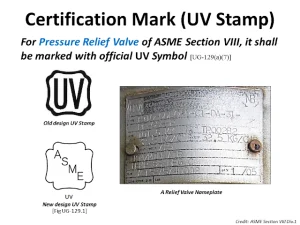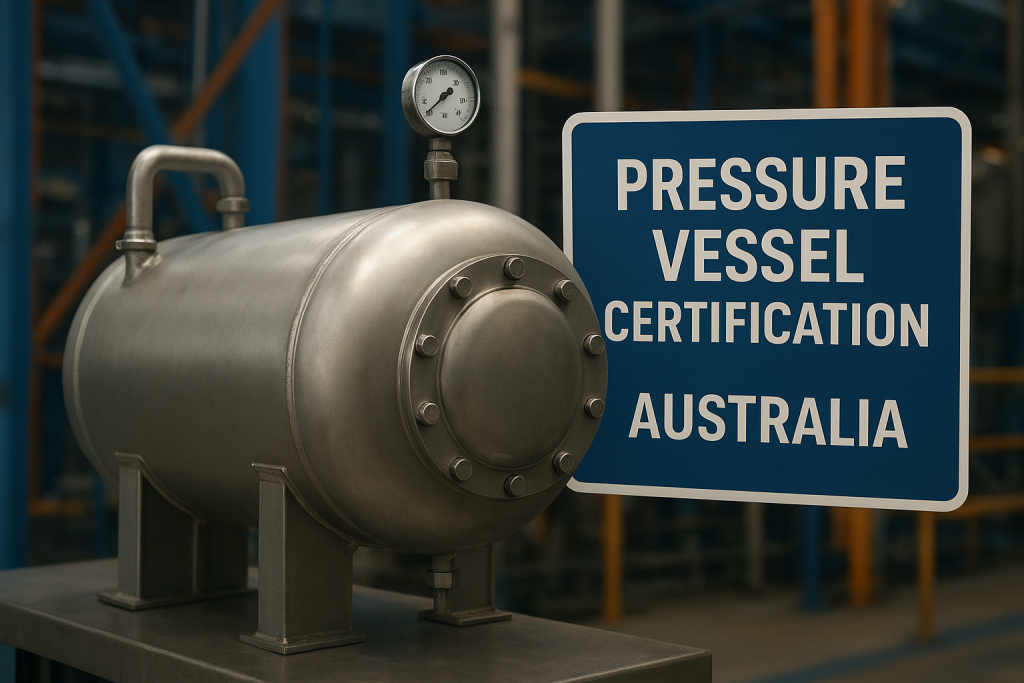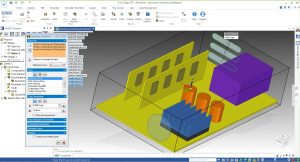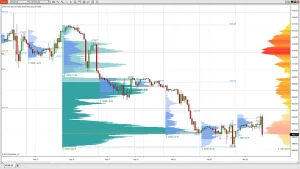In Australia’s industrial sector, pressure vessels play a vital role in industries like oil and gas, chemical processing, manufacturing, and power generation. These vessels are designed to store or contain gases and liquids at pressures substantially higher or lower than ambient conditions — and with that comes immense responsibility.
A single design flaw or certification gap can lead to catastrophic accidents, environmental damage, or costly shutdowns. That’s why pressure vessel design certification is not just a regulatory checkbox — it’s a cornerstone of safety, compliance, and engineering excellence.
This article explores why certification matters, the key steps involved, and how partnering with certified consultants like Avestya Consulting can simplify the path to compliance and operational safety.
Why Certification Matters for Safety and Compliance
Pressure vessel certification ensures that a vessel is designed, fabricated, tested, and inspected in accordance with recognised safety codes and standards.
Safety Assurance
High-pressure equipment is inherently hazardous. Certification helps to ensure that every design meets stringent engineering and material criteria to prevent failures such as ruptures, leaks, or explosions. It guarantees that the vessel can operate safely within its intended parameters — including temperature, pressure, and environmental conditions.
Legal and Regulatory Compliance
In Australia, pressure vessel design and certification fall under Work Health and Safety (WHS) Regulations and are governed by Australian Standards, particularly AS 1210 (Pressure Vessels) and AS 3920.1 (Pressure Equipment – Conformity Assessment).
Regulatory authorities such as Safe Work Australia and state-based regulators (e.g. WorkSafe Victoria, SafeWork NSW, etc.) require compliance before commissioning or operation.
Failure to comply can result in:
- Fines and enforcement actions
- Production shutdowns
- Legal liability in case of incidents
- Invalid insurance coverage
Operational Reliability
Certified vessels undergo rigorous stress analysis, material testing, and non-destructive examination. This ensures longer service life, reduced downtime, and better performance — leading to operational efficiency and lower lifecycle costs.
Reputation and Trust
For engineering firms, certification reinforces credibility and professional integrity. Certified systems communicate a commitment to safety and quality — a critical factor when bidding for industrial projects or government contracts.
Steps in the Pressure Vessel Certification Process

Obtaining certification for a pressure vessel is a detailed, multi-stage process involving design, manufacturing, inspection, and documentation. Below are the typical steps.
Step 1: Design and Code Selection
The process begins with selecting the applicable design code — usually AS 1210, ASME Section VIII (Div. 1, 2, or 3), or another recognized international code.
The choice depends on:
- The operating pressure and temperature
- Material selection
- Intended application and location
- Client or project specification requirements
Step 2: Design Calculations
Design engineers perform detailed calculations to ensure the vessel can safely withstand operational conditions. Calculations include:
- Wall thickness determination
- Stress analysis (hoop, longitudinal, and combined stresses)
- Nozzle and opening reinforcement
- Corrosion allowances
- Design temperature margins
Modern tools like Finite Element Analysis (FEA) are often used to verify stress concentration zones and optimize design.
Step 3: Material Selection and Procurement
All materials must meet the mechanical and chemical requirements specified in the design code. Each material comes with a Material Test Certificate (MTC) ensuring traceability and conformity to standards.
Step 4: Fabrication and Welding
Fabrication must be carried out by qualified welders using approved Welding Procedure Specifications (WPS) and Procedure Qualification Records (PQR). Proper heat treatment and dimensional control are essential at this stage.
Step 5: Inspection and Testing
This includes both in-process inspections and final acceptance tests, such as:
- Non-Destructive Examination (NDE): Radiographic, ultrasonic, or magnetic particle testing.
- Hydrostatic Testing: To verify structural integrity under pressure.
- Pneumatic Testing: For systems unsuitable for water testing.
All test results are documented and verified by a third-party inspector or certifying authority.
Step 6: Documentation and Conformity Assessment
Every stage — from material certification to testing — must be compiled into a Manufacturer’s Data Report (MDR).
This includes:
- Drawings and calculations
- Test certificates
- Inspection reports
- Welder qualifications
- Heat treatment charts
Step 7: Third-Party Review and Certification
An accredited third-party inspection body reviews the MDR, validates conformity, and issues the Certificate of Compliance (CoC) or Design Registration Number, depending on the jurisdiction.
Role of Third-Party Inspectors
Independent third-party inspectors are critical to maintaining objectivity and compliance integrity.
Their Responsibilities Include:
- Reviewing design documentation and calculations.
- Auditing fabrication and welding processes.
- Witnessing pressure tests and NDE procedures.
- Verifying traceability of materials and components.
- Confirming final compliance before certification issuance.
These inspectors often represent regulatory bodies, insurance companies, or certifying agencies such as Lloyd’s Register, TÜV, or Bureau Veritas.
Their involvement ensures unbiased verification and strengthens confidence in the vessel’s compliance and performance.
Documentation and Testing Requirements
Comprehensive documentation forms the backbone of certification. Missing or incomplete records can delay approval and jeopardize compliance.
Essential Documents Include:
- Design drawings and datasheets
- Design verification reports
- Welding and NDE procedures
- Test certificates for materials and components
- Calibration records for equipment used in testing
- Final inspection and test reports
Testing Requirements
Testing verifies design integrity and manufacturing quality. The most common include:
| Test Type | Purpose | Typical Standard |
| Hydrostatic Test | Ensures no leaks or deformations under pressure | AS 1210, ASME VIII |
| Radiographic Test | Detects internal weld defects | AS 4037 |
| Ultrasonic Test | Measures wall thickness and flaw detection | AS 2207 |
| Pneumatic Test | Used when water can’t be used (e.g., for cleanliness) | AS 1210 Appendix G |
| Proof Test | Confirms vessel safety margin | Code-specific |
Proper documentation of these tests is essential for final approval.
Differences Between ASME and Australian Standards
While both ASME (American Society of Mechanical Engineers) and Australian Standards share similar safety objectives, key differences exist in methodology, terminology, and compliance requirements.
| Aspect | ASME Section VIII | AS 1210 / AS 3920.1 |
| Scope | Internationally recognised for design and fabrication | Mandatory for Australian installations |
| Design Basis | Focuses on allowable stress design | Based on design-by-analysis with Australian safety factors |
| Material Standards | ASME-approved materials list (SA/ASTM) | Aligns with Australian and international equivalents |
| Inspection | Third-party inspection optional (per user requirement) | Third-party verification typically mandatory |
| Documentation | Manufacturer’s Data Report (Form U-1) | MDR with design registration for Australian authorities |
| Registration | Required only in some U.S. states | Required before commissioning in Australia |
Understanding these differences ensures global projects meet both local compliance and international engineering excellence — especially relevant for multinational operations.
Common Pitfalls in Certification Applications
Even well-intentioned projects face delays or rejection due to overlooked details. Common pitfalls include:
- Incomplete Documentation: Missing MTCs or inspection reports can delay certification.
- Incorrect Design Code Application: Using the wrong code for pressure class or service conditions.
- Unqualified Welders or Inspectors: Certifications must be current and approved under the correct code.
- Non-traceable Materials: All materials must have traceable identification and test certificates.
- Testing Deviations: Skipping or modifying test procedures without prior approval.
- Design Modifications Without Approval: Any changes post-approval must be reviewed and re-certified.
Avoiding these errors requires meticulous project management and expert oversight — precisely where Avestya Consulting’s certified engineers add value.
Benefits of Working with Certified Consultants
Streamlined Compliance
Certified consultants are fluent in both ASME and Australian Standards, ensuring your project aligns with local regulations and international best practices.
Risk Mitigation
By managing design verification, inspections, and documentation, consultants help reduce the risk of non-compliance, costly rework, or safety failures.
Efficiency and Cost Savings
Early involvement in the design stage helps prevent design revisions later — saving time and money during fabrication and certification.
Access to Technical Expertise
Avestya’s engineers bring deep experience in pressure equipment design, FEA validation, and conformity assessment, providing you with technical clarity and assurance.
End-to-End Support
From concept design to final registration, consultants handle every stage — including liaising with regulators and third-party inspectors.
Enhanced Safety Culture
Working with certified professionals fosters a proactive safety mindset, reducing workplace incidents and improving operational reliability.
Conclusion
Pressure vessel design certification is more than a regulatory formality — it’s a structured process that safeguards people, property, and productivity.
For Australian industries, adherence to AS 1210 and AS 3920.1 ensures not only compliance but also operational excellence.
By partnering with an experienced consultant like Avesta Consulting, businesses gain the confidence that their pressure vessels are designed, built, and certified to the highest standards — meeting both legal requirements and engineering integrity.
Whether you’re designing a new vessel, upgrading existing equipment, or navigating complex certification pathways, Avesta Consulting provides the technical depth and regulatory insight you need to stay compliant and safe.




